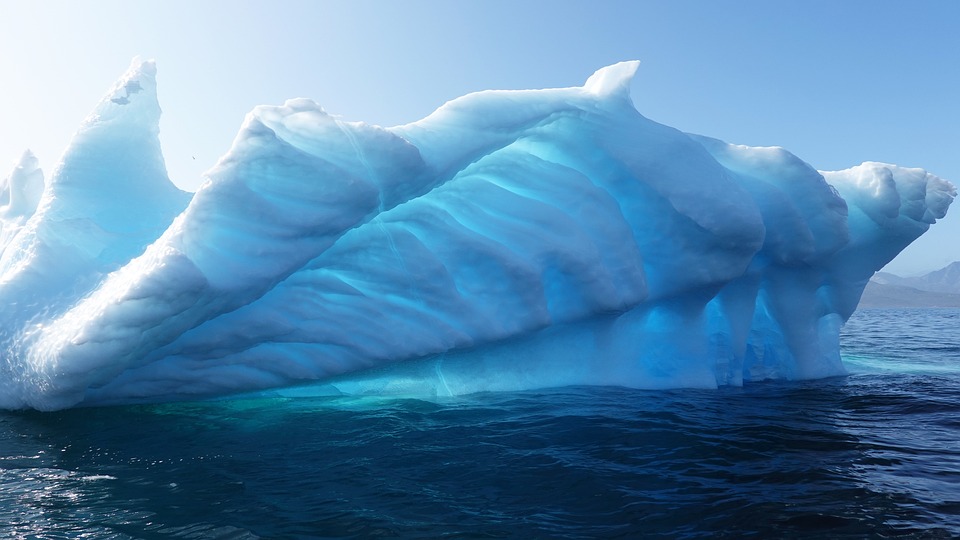How Does Climate Change Affect Snow Leopards?
Snow leopards (Panthera uncia) are iconic big cats native to the high-altitude regions of Central and South Asia, primarily inhabiting mountainous terrains between 3,000 and 4,500 meters (10,000 to 15,000 feet). Adapted to cold environments, these elusive predators face significant threats from climate change, which exacerbates their vulnerability through habitat loss, prey depletion, and increased human-wildlife conflict.
1. Habitat Loss Due to Rising Temperatures
Shrinking Alpine Regions
As global temperatures rise, the alpine habitats of snow leopards are shrinking and shifting to higher elevations. This upward movement reduces the available territory for these big cats, as they are already adapted to living in some of the harshest conditions on Earth. Projections indicate that over one-third of their current habitat may become unsuitable if climate change continues unchecked[1][5].
Encroachment of Forests and Grasslands
Warmer temperatures facilitate the upward migration of forests and grasslands into traditional snow leopard habitats. This encroachment not only reduces the open spaces that snow leopards rely on but also fragments their territories, making it increasingly difficult for them to roam freely and find mates[1][6].
2. Impact on Prey Availability
Changes in Prey Populations
Climate change is disrupting the populations and distributions of key prey species such as ibex and blue sheep. These animals are also moving to higher elevations in response to rising temperatures, which can lead to decreased food availability for snow leopards[2][3].
Increased Competition for Food
As prey becomes scarcer or migrates away from traditional hunting grounds, snow leopards may face increased competition from other predators, including humans with livestock. This competition can lead to starvation and reduced reproductive success among snow leopard populations[1][2].
3. Increased Human-Snow Leopard Conflict
Livestock Predation
The shrinking habitats force snow leopards into closer proximity with human settlements. As a result, they may begin hunting livestock more frequently, leading to heightened conflict with local communities[2][3].
Retaliatory Killing
In response to livestock losses attributed to snow leopards, herders may resort to killing these big cats as a form of retaliation. This not only threatens individual snow leopards but also contributes to the overall decline of their populations[1][4].
4. Threats from Melting Glaciers and Water Resources
Glacier Loss in High-Altitude Regions
Melting glaciers due to climate change are altering water availability in mountain ecosystems. This impacts vegetation growth and the overall health of the ecosystem, which indirectly affects snow leopards by reducing the abundance of prey species[1][5].
Impact on Ecosystem Stability
Changes in water availability can disrupt the balance of mountain ecosystems. The loss of glacial meltwater affects both plant life and animal populations that depend on stable water sources, further destabilizing habitats critical for snow leopards[1][6].
5. Conservation Challenges and Efforts
Need for Habitat Protection
To mitigate the effects of climate change on snow leopards, it is essential to protect and expand suitable habitats at higher elevations. Conservation strategies must adapt to ensure that these big cats have access to viable territories as their current ranges become inhospitable[3][7].
Community-Based Conservation
Engaging local communities in conservation efforts is crucial. Programs that promote livestock insurance can help reduce retaliatory killings while fostering coexistence between humans and snow leopards[4][7].
Research and Monitoring
Ongoing research into the effects of climate change on snow leopard populations is vital for developing effective conservation strategies. Understanding their biology and habitat needs will help inform management practices aimed at protecting them from further decline[3][4].
Frequently Asked Questions (FAQs)
– How is climate change affecting snow leopard habitats?
Climate change is shrinking and shifting their alpine habitats to higher altitudes due to warmer temperatures.
– Why does climate change increase human-snow leopard conflict?
Habitat loss and declining prey lead snow leopards to hunt livestock near human settlements, increasing conflict.
– Are snow leopards losing access to their food sources?
Yes, as climate change impacts prey distribution, snow leopards face reduced and fragmented prey populations.
– How do melting glaciers affect snow leopards?
Glacier loss impacts the mountain ecosystems snow leopards rely on, affecting vegetation, prey, and water resources.
– What conservation strategies are being used to help snow leopards?
Efforts include habitat protection, community conservation programs, and research to adapt strategies to climate impacts.
Conclusion
Climate change poses a multifaceted threat to snow leopards by shrinking their habitats, reducing prey availability, and increasing human-wildlife conflicts. Comprehensive conservation efforts that integrate habitat protection, community involvement, and ongoing research are essential for supporting snow leopard populations in an increasingly unpredictable climate.

Kyle Whyte is a notable scholar and professor at the University of Michigan, holding positions such as the George Willis Pack Professor in the School for Environment and Sustainability and Professor of Philosophy. Specializing in environmental justice, his work critically examines climate policy and Indigenous peoples’ ethics, emphasizing the nexus between cooperative scientific endeavors and Indigenous justice. As an enrolled Citizen Potawatomi Nation member, he brings a vital perspective to his roles as a U.S. Science Envoy and member of the White House Environmental Justice Advisory Council. His influential research is supported by various prestigious organizations including the National Science Foundation, and disseminated through publications in high-impact journals. Kyle actively contributes to global Indigenous research methodologies and education, with affiliations to numerous institutes and societies dedicated to traditional knowledge and sustainability. Recognized for his academic and community engagement, Kyle has earned multiple awards and served in various visiting professorships. His efforts extend to leadership positions on boards and committees focused on environmental justice nationwide.
